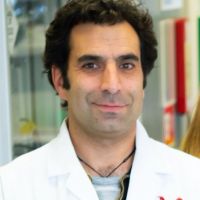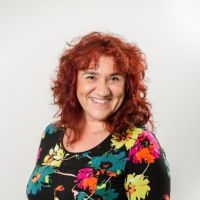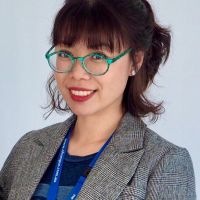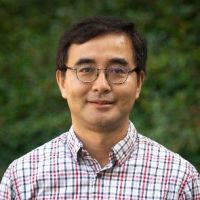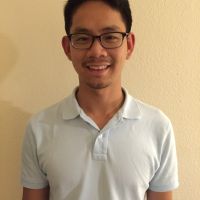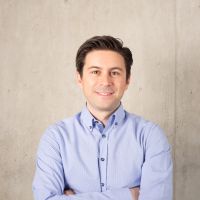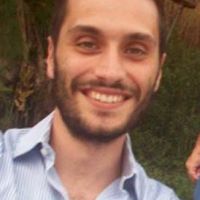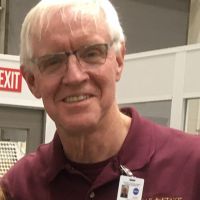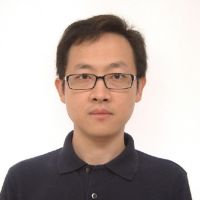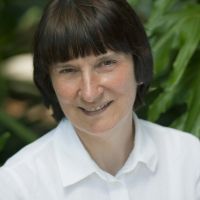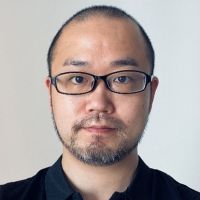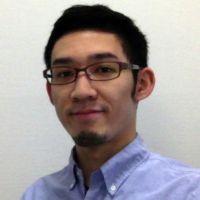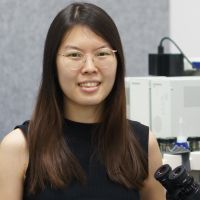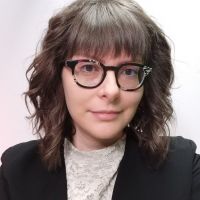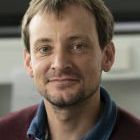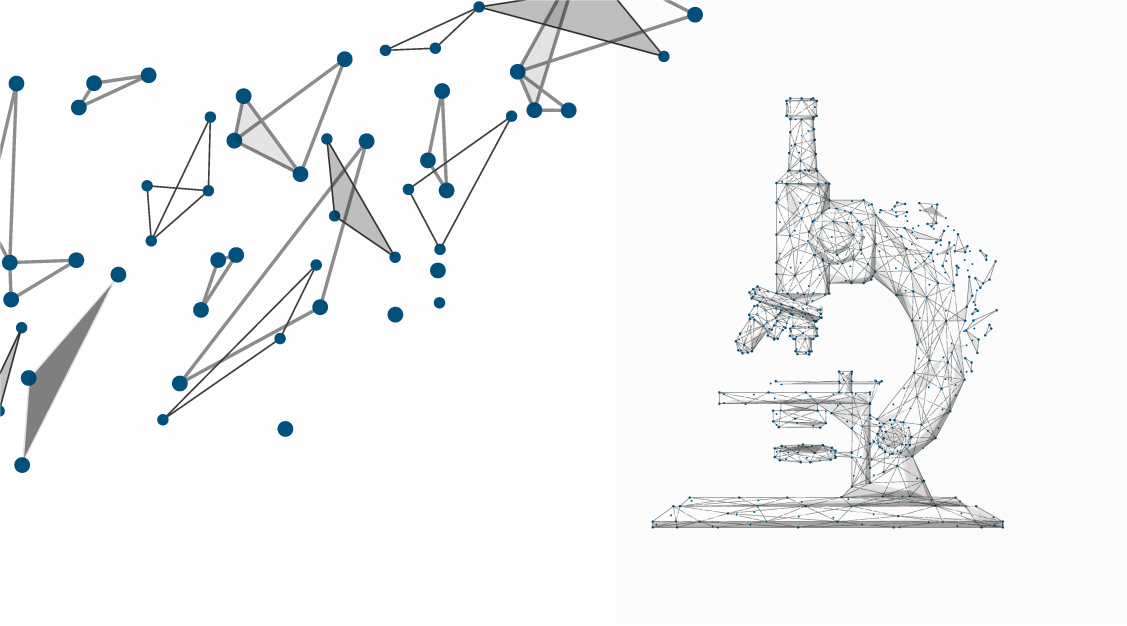
Agenda
| Tuesday, October 26, 2021 | Wednesday, October 27, 2021 | |||
|---|---|---|---|---|
12:00pm - 12:50pm | 6:00am - 6:50am | 12:00am - 12:50am | The Use of Multiplexing in Microscopy for Better Understanding the Skin Immune System in the Context of the TissuePresenter: | Evolution of Scientific Digital Imaging Technologies and their ApplicationsPresenter: |
1:00pm - 1:50pm | 7:00am - 7:50am | 1:00am - 1:50am | Now You Have the Power to See MorePresenter: | Hyperspectral and Brightfield Imaging Combined with Deep Learning Uncover Hidden Regularities of Colors and Patterns in Cells and TissuesPresenter: |
2:00pm - 2:50pm | 8:00am - 8:50am | 2:00am - 2:50am | A Live Demonstration of the SLIDEVIEW™ VS200 Research Slide ScannerDemonstrators: | A New Way of Thinking—Object Detection with Deep LearningPresenter: |
3:00pm - 3:50pm | 9:00am - 9:50am | 3:00am - 3:50am | Recent Advances in 3D Imaging and AI-Driven Data AnalysisPresenter: | Confocal Microscopy and Its Use for a Spaceflight ExperimentPresenter: |
4:00pm - 4:50pm | 10:00am - 10:50am | 4:00am - 4:50am | Deep Learning Approaches to Automated Phenotypic ProfilingPresenter: | Live Demo: SLIDEVIEW™ VS200 Research Slide ScannerDemonstrators: |
5:00pm - 5:50pm | 11:00am - 11:50am | 5:00am - 5:50am | Accelerating Image Analysis with TruAI™ Deep Learning TechnologyPresenter: | The Use of Multiplexing in Microscopy for Better Understanding the Skin Immune System in the Context of the TissuePresenter: |
6:00pm - 6:50pm | 12:00pm - 12:50pm | 6:00am - 6:50am | Break | |
7:00pm - 7:50pm | 1:00pm - 1:50pm | 7:00am - 7:50am | Metabolic Imaging in Langerhans Human Islets with MPE and FLIMPresenter: | In-Vivo Tracking of Harmonic Nanoparticles by Means of a TIGER Widefield MicroscopePresenter: |
8:00pm - 8:50pm | 2:00pm - 2:50pm | 8:00am - 8:50am | Live Demo: IXplore™ SpinSR Confocal Super Resolution SystemDemonstrator: | Live Demo: FLUOVIEW™ FV3000 Confocal Laser Scanning MicroscopeDemonstrator: |
9:00pm - 9:50pm | 3:00pm - 3:50pm | 9:00am - 9:50am | Deconvolution of 3D Image StacksPresenter: | Whole-Brain Functional Calcium Imaging Using Light Sheet MicroscopyPresenter: |
10:00pm - 10:50pm | 4:00pm - 4:50pm | 10:00am - 10:50am | Human Pluripotent Stem Cell-Derived Liver Organoid ManufacturingPresenter: | Now You Have the Power to See MorePresenter: |
11:00pm - 11:50pm | 5:00pm - 5:50pm | 11:00am - 11:50am | Confocal Microscopy and Its Use for a Spaceflight ExperimentPresenter: | Metabolic Imaging in Langerhans Human Islets with MPE and FLIMPresenter: |
12:00am - 12:50am | 6:00pm - 6:50pm | 12:00pm - 12:50pm | Break | |
1:00am - 1:50am | 7:00pm - 7:50pm | 1:00pm - 1:50pm | Accelerating Image Analysis with TruAI™ Deep Learning TechnologyPresenter: | In-Vivo Tracking of Harmonic Nanoparticles by Means of a TIGER Widefield MicroscopePresenter: |
2:00am - 2:50am | 8:00pm - 8:50pm | 2:00pm - 2:50pm | Recent Advances in 3D Imaging and AI-Driven Data AnalysisPresenter: | Deep Learning Approaches to Automated Phenotypic ProfilingPresenter: |
3:00am - 3:50am | 9:00pm - 9:50pm | 3:00pm - 3:50pm | Live Demo: FLUOVIEW™ FV3000 Confocal Laser Scanning MicroscopeDemonstrator: | Hyperspectral and Brightfield Imaging Combined with Deep Learning Uncover Hidden Regularities of Colors and Patterns in Cells and TissuesPresenter: |
